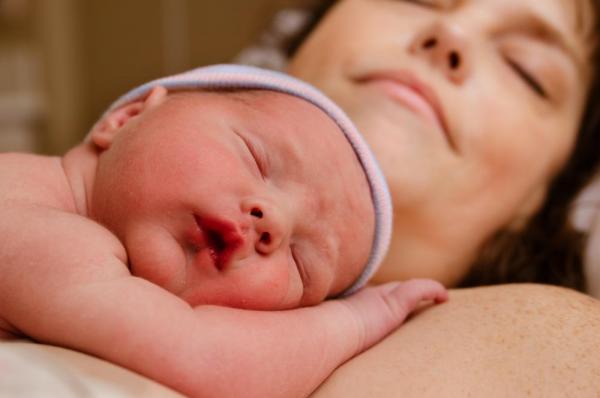
BOSTON, Dec. 23 (UPI) — Kangaroo mother care, or continuous skin-to-skin contact, can reduce rates of low birth weight infant death, according to a recent review of studies.
Researchers at the Harvard School of Public Health found while all babies can benefit from KMC — especially in terms of oxygenation, temperature regulation, and pain tolerance — an overall improvement in health and a dramatic reduction in mortality rates was found for for low birth weight and preterm infants.
The practice is seen as potentially having the most effect in low- and middle-income countries where 99 percent of neonatal deaths occur and health technologies such as incubators are more difficult to access.
“While KMC or skin-to-skin care is particularly useful for low birth weight babies born where medical resources are limited, developed and developing countries are moving to ‘normalize’ KMC or skin-to-skin as a beneficial practice for all newborns and mothers,” said senior author Dr. Grace Chan, a professor at Harvard Chan School and Boston Children’s Hospital, in a press release.
In the new review, published in the journal Pediatrics, researchers analyzed 124 studies published between 2000 and 2014 that looked at skin-to-skin contact as a part of KMC, and many included exclusive breastfeeding and close follow-ups in their definition of the practice.
The recearchers found that, among newborns weighing less than 4.4 pounds given KMC, there was a 36 percent reduction in mortality and 47 percent lower risk of sepsis or major infections. The infants also had higher oxygen levels, better growth, lower pain measures, and were 50 percent more likely to exclusively breastfeed when discharged from the hospital.
“The mechanisms through which kangaroo care is believed to work — for example, through stabilization of temperature and other vital signs, and increased breast-feeding — are likely to be the same across settings,” Chan told CBS News. “And that could lead to improvements in outcomes for infants in U.S. neonatal intensive care units, as well.”





